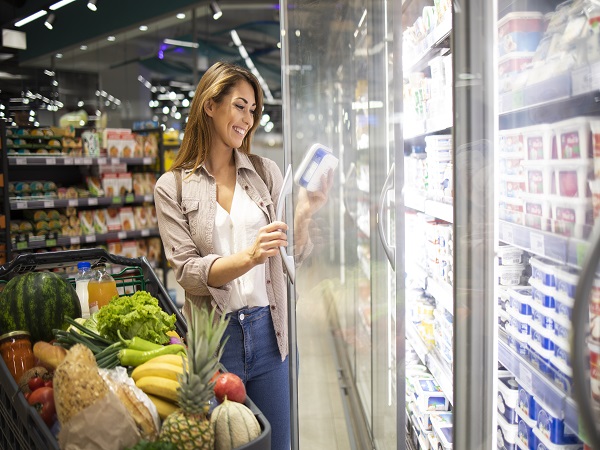India’s FMCG market is expected to reach $220 billion by 2025, growing at a CAGR of 14.9%. The industry is characterized by fierce competition, changing consumer preferences, and a mix of domestic and international players, making it dynamic and full of growth opportunities. Trends to watch in the FMCG industry include the continued growth of…



